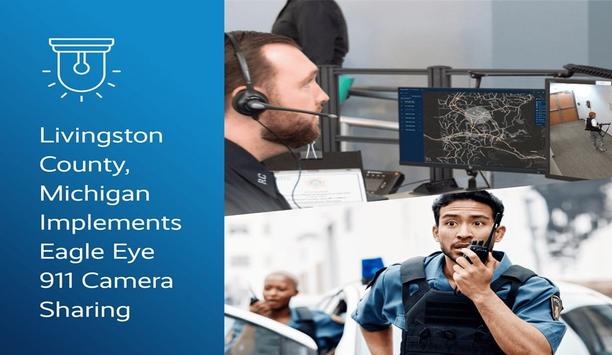 |
| The cameras have a remarkably low power draw, allowing left-over-power to be applied for lighting the roads |
Roads in Iceland
The rough terrain and harsh weather conditions in Iceland make driving difficult. The Icelandic Road Traffic Directorate works continuously to improve and develop safety measures to help road users stay safe on Iceland’s road network.
In Iceland, temperatures can fall to around minus 20 degrees Celsius, and the low temperatures combined with strong winds create great problems on the roads. The surveillance of remote areas is therefore an important part of efforts to make life as safe as possible for road users in Iceland.
Analogue solution was too simple
"We had the same analogue surveillance solution for more than ten years when we started to consider whether it was time to replace the system. The technology in these cameras was not very complicated and as the surveillance market has developed significantly in recent years, we felt that this was the right time to upgrade the system," explains Nicolai Jonasson, Head of Traffic Information Development at the Icelandic Road Traffic Directorate.
But finding a solution that could meet the challenges of placing surveillance cameras in dark, windy and cold areas was difficult. The Icelandic Road Traffic Directorate therefore chose to spend almost two years testing various solutions - and only MOBOTIX was able to live up to the requirements after nine months of testing.
Low voltage system needed
The key factor for the Traffic Directorate was finding a low voltage system able to deliver high resolution pictures and endure the harsh weather conditions.
The options were limited, as access to the power grid and telephone connections are very poor in areas where the monitoring is needed most. In most areas there is no direct electricity at all, and the system runs on electricity from wind mills and solar cells combined to fuel cells and, in some cases, small diesel-powered generators.
"The Traffic Directorate tested the MOBOTIX cameras for nine months. After the test period they were impressed with the picture quality, durability and the power consumption of the cameras," explains Haflidi Jónsson from Securitas.
High satisfaction with the cameras
 |
| : The remote highlands, where most of the cameras are set up, experience inevitable power outages |
As a consequence, the Icelandic Road Traffic Directorate initially had 30 MOBOTIX DualDome surveillance cameras installed in mostly deserted areas around the country.
Due to great satisfaction with the cameras, the quantity was subsequently increased to 256 MOBOTIX DualDome cameras dispersed across approximately 130 different places in the country. All old analogue cameras were replaced, while the majority was equipped with MOBOTIX cameras for the first time.
The camera reboots itself
The remote highlands, where most of the cameras are set up, experience inevitable power outages. With the old cameras The Traffic Directorate spent a lot of time on maintaining and repairing the cameras after power outages – and sometimes it took a very long time to get them up and running again, as weather conditions often made it impossible for technicians to travel to the sites.
"The beauty of the MOBOTIX system is that even though power failure happens, the cameras just start up on their own when the power comes back on. This means that we don’t have to send a technician to reboot the camera and set it up again, and that saves us a lot of working hours", explains Nicolai Jonasson.
Surveillance under poor light conditions
For the Icelandic Road Traffic Directorate, there is an added bonus to the implementation of MOBOTIX DualDome cameras. The cameras have a remarkably low power draw, allowing left-over-power to be applied for lighting the roads in these remote areas.
"We are talking about locations that are pitch black in the winter time - there is no light at all. So we decided to use the excess power to attach infra-red light to the system. In this way the roads can be lit up to monitor the conditions there in order to determine whether it is safe for road users to go there," states Haflidi Jónsson from Securitas.
"The light is only turned on when the cameras take a picture to economise on energy consumption. The system is set up to take a picture every 15 minute from each of the three angles – left, right and down on the road – which gives us a picture every 5 minutes from each camera installed," clarifies Nicolai Jonasson.
Safe roads are a top priority
"On www.road.is, all users can log on to see surveillance footage from the cameras that we have installed all around the country. It is a safety precaution for people to see the conditions of the road before they take off from home. At the same time our personnel in charge of road safety can also sit at their offices and determine whether snow ploughing or salting is necessary in remote areas. This saves us a lot of working hours and makes it easier to allocate the resources to the right areas," states Nicolai Jonasson.
He explains that the staff at the Traffic Directorate is very satisfied with the MOBOTIX installation, which provides them with clearer and more detailed images of the monitored areas, as this allows them to perform their jobs much better.

















